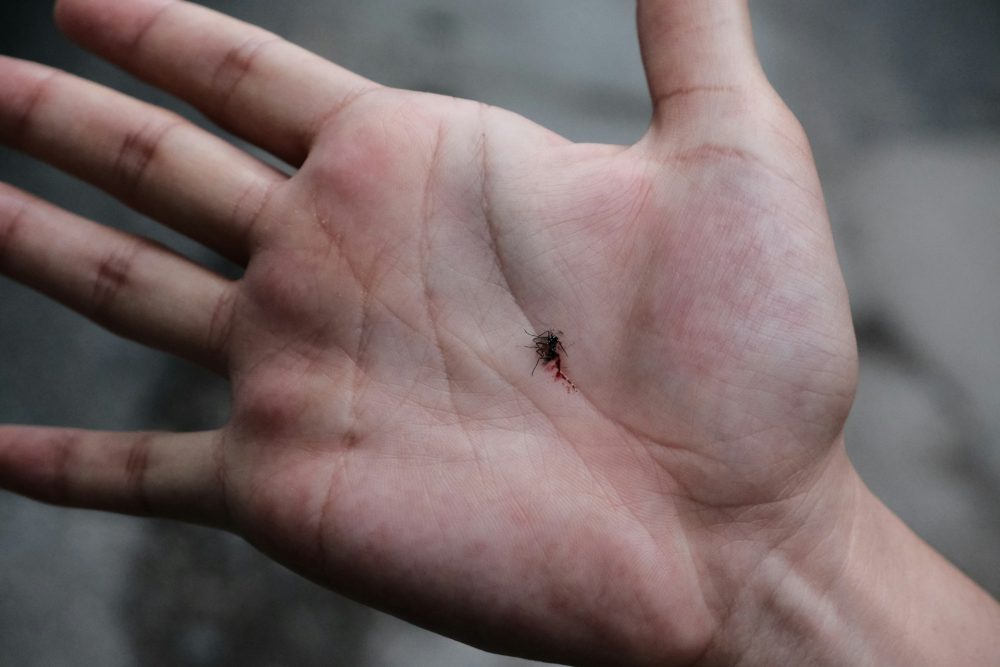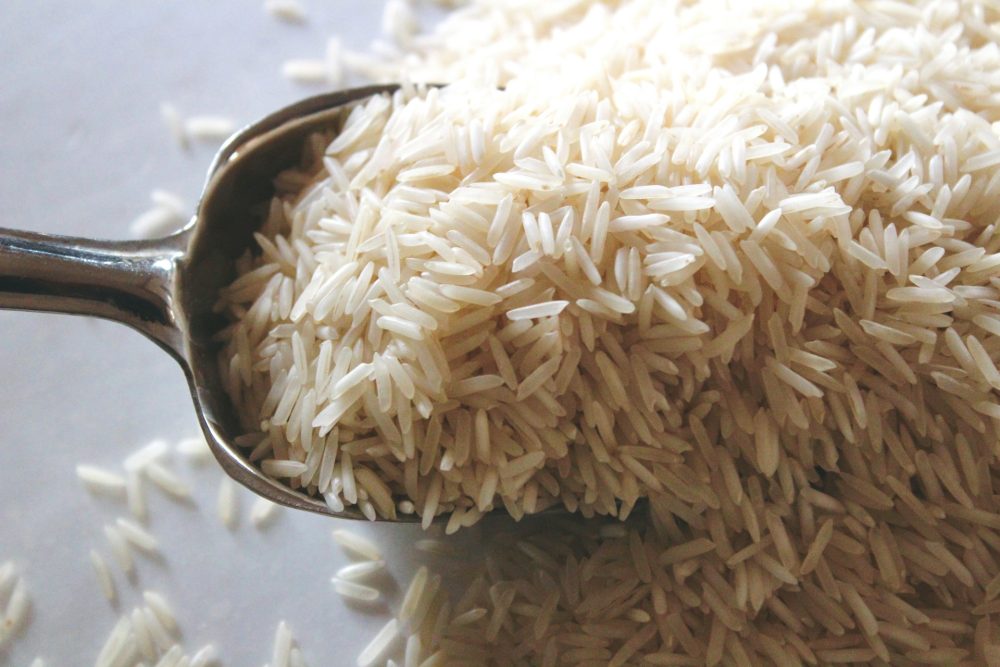Biotech
Obesity’s Unexpected Role in Chagas Disease: INCLIVA’s 15-Year Study Highlights Treatment Challenges
Researchers at INCLIVA and partner universities studied 107 Chagas disease patients in Valencia over 15 years. They found high digestive involvement, poor cure rates with toxic drugs, and progression to cardiac disease. Obesity was linked to better treatment response, suggesting drug accumulation in fat. Findings stress early diagnosis, long-term monitoring, and improved therapies.

The INCLIVA Health Research Institute at the University Clinical Hospital of Valencia has conducted a study to gain a deeper understanding of the characteristics of Chagas disease and its impact on health, with the goal of optimizing treatment and follow-up care for those affected. The results of the study, which also involved researchers from the University of Valencia and Miguel Hernández University, have been published in the journal Tropical Medicine and Infectious Disease .
Chagas disease affects more than 7 million people worldwide. It is an infection caused by the Trypanosoma cruzi parasite and transmitted through the bite of a type of bug found in Central and South America. Many patients are unaware of their infection until symptoms develop in the advanced stages of cardiac or digestive disease.
Spain is the most affected country in Europe, with more than 55,000 cases, most of which remain undiagnosed. The large number of undiagnosed and, therefore, untreated patients is the primary challenge faced with this disease. Once diagnosed, patients must receive treatment to prevent the progression of cardiac disease, which is the main cause of morbidity and mortality in these patients.
Characteristics of the Chagas disease
The characteristics of patients with Chagas disease observed to date in other studies are heterogeneous and differ between different geographical areas, showing different clinical patterns and rates of organ involvement at the cardiac and digestive levels, the main alterations caused by this infection.
Furthermore, poor tolerance to available treatments and the lack of early markers of cure make optimal treatment and follow-up difficult. Therefore, to increase our understanding of this disease, studies are needed with patients systematically evaluated for organ involvement, whether cardiac and/or digestive, and with extended follow-up periods, allowing for assessment of therapeutic response and detection of possible disease progression.
To this end, this study was conducted with the participation of 107 patients with Chagas disease treated at the University Clinical Hospital of Valencia over the past 15 years, a non-endemic area for this parasitic disease native to Central and South America. The results of various complementary tests performed during diagnosis and follow-up to detect digestive and cardiac involvement were analyzed, as well as the treatments received and their tolerance. Statistical analyses were performed to identify factors associated with recovery and disease progression.
Long-term follow-up
The population treated at the University Clinical Hospital of Valencia, primarily from Bolivia, where the disease is endemic, showed a higher rate of digestive involvement than that observed in other studies. Long-term follow-up of these patients is essential, as some of them developed severe cardiac involvement, even years after the start of follow-up.
Despite the high rate of patients treated in the Infectious Diseases Unit of the University Clinical Hospital of Valencia, the cure rate after treatment with the only drugs available for the treatment of this infection (benznidazole and nifurtimox, two very toxic drugs that cause a large number of adverse effects and limited effectiveness in the chronic phase of the disease), was low even in long-term follow-up .
The role of BMI
One of the main findings not described so far is the role that the Body Mass Index (BMI) could have in the response to treatment, as the cure has been independently and statistically significantly associated with the presence of obesity.
Since no relevant differences were observed between patients with and without obesity in terms of treatment duration, the appearance of adverse effects or the need to discontinue it, the main hypothesis proposed for this observation is that the drug benznidazole , the first-line treatment received by most participants, could accumulate in adipose tissue (fat) and remain at elevated levels longer than in patients with normal weight. This possible link between obesity and recovery has not been described until now and will need to be confirmed in larger studies, since data available in other research on weight or body mass index are scarce.
One of the main strengths of the Chagas study is its long follow-up period, essential for assessing both clinical progression and treatment response. This follow-up has been possible thanks to the consistent and continuous management of all patients with this disease, carried out in the Infectious Diseases Unit of the Hospital Clínico de València over the past 15 years. This sustained work has been led with great clinical rigor and commitment by Dr. María Rosa Oltra Sempere, a leading expert in the management of Chagas disease in our setting and a key figure in the comprehensive care of these patients.
The lead authors of the study were Carlos Bea Serrano and María Rosa Oltra Sempere, both researchers from INCLIVA-Hospital Clínico de València, from the Cardiovascular Area of INCLIVA and from the Infectious Diseases Unit of the Internal Medicine Department at Hospital Clínico; and Jara Llenas García, from the Internal Medicine Department at Vega Baja Hospital in Orihuela and a professor at Miguel Hernández University.
Key to the study were Ana Isabel de Gracia León and Sara Vela Bernal, from the Internal Medicine Department; Andreu Belmonte Domingo, Carolina Pinto Pla, Ana Ferrer Ribera, and María José Galindo, from the Infectious Diseases Unit; and María Jesús Alcaraz, from the Microbiology Department, all from Hospital Clínico de València.
High complexity in Chagas chronic phase
Current research has demonstrated the high complexity of this infection in its chronic phase, which can cause serious health problems even in young patients (average age under 40 in the study), even being fatal.
The main challenge today, aside from underdiagnosis, is to address the lack of treatments with an adequate adverse effect and tolerance profile , as well as the absence of markers that allow for early assessment of treatment response.
Cardiac disease progression is the main problem for patients with Chagas disease, and is irreversible once present. Therefore, early diagnosis and treatment remain essential. The identified factors associated with cure will inform the development of new hypotheses and studies that will improve the management of this disease and reduce its morbidity and mortality.
Currently, Carlos Bea Serrano and María Rosa Oltra Sempere are leading as principal investigators the participation of INCLIVA in the ChaNoe cohort (Chagas Non-endemic), a multicenter study promoted by researchers from the Vall d’Hebron Hospital in which a search will be carried out for metabolites capable of identifying early healing.
__
(Featured image by yuzheng zhao via Unsplash)
DISCLAIMER: This article was written by a third party contributor and does not reflect the opinion of Born2Invest, its management, staff or its associates. Please review our disclaimer for more information.
This article may include forward-looking statements. These forward-looking statements generally are identified by the words “believe,” “project,” “estimate,” “become,” “plan,” “will,” and similar expressions. These forward-looking statements involve known and unknown risks as well as uncertainties, including those discussed in the following cautionary statements and elsewhere in this article and on this site. Although the Company may believe that its expectations are based on reasonable assumptions, the actual results that the Company may achieve may differ materially from any forward-looking statements, which reflect the opinions of the management of the Company only as of the date hereof. Additionally, please make sure to read these important disclosures.
First published in GACETA MEDICA. A third-party contributor translated and adapted the article from the original. In case of discrepancy, the original will prevail.
Although we made reasonable efforts to provide accurate translations, some parts may be incorrect. Born2Invest assumes no responsibility for errors, omissions or ambiguities in the translations provided on this website. Any person or entity relying on translated content does so at their own risk. Born2Invest is not responsible for losses caused by such reliance on the accuracy or reliability of translated information. If you wish to report an error or inaccuracy in the translation, we encourage you to contact us.

-

 Crowdfunding2 weeks ago
Crowdfunding2 weeks agoDeep Learning Italia Launches €400K Crowdfunding to Bridge Italy’s Tech Skills Gap
-

 Impact Investing1 week ago
Impact Investing1 week agoCOP30: Fragmented Climate Politics, Multi-Speed Transition, and Emerging Investment Opportunities
-

 Biotech2 hours ago
Biotech2 hours agoSalmoss Biotech: Turning Salmon Waste Into Breakthroughs in Regenerative Medicine
-

 Markets2 weeks ago
Markets2 weeks agoRice Market Rebounds from Oversold Lows Amid Weak Demand
















